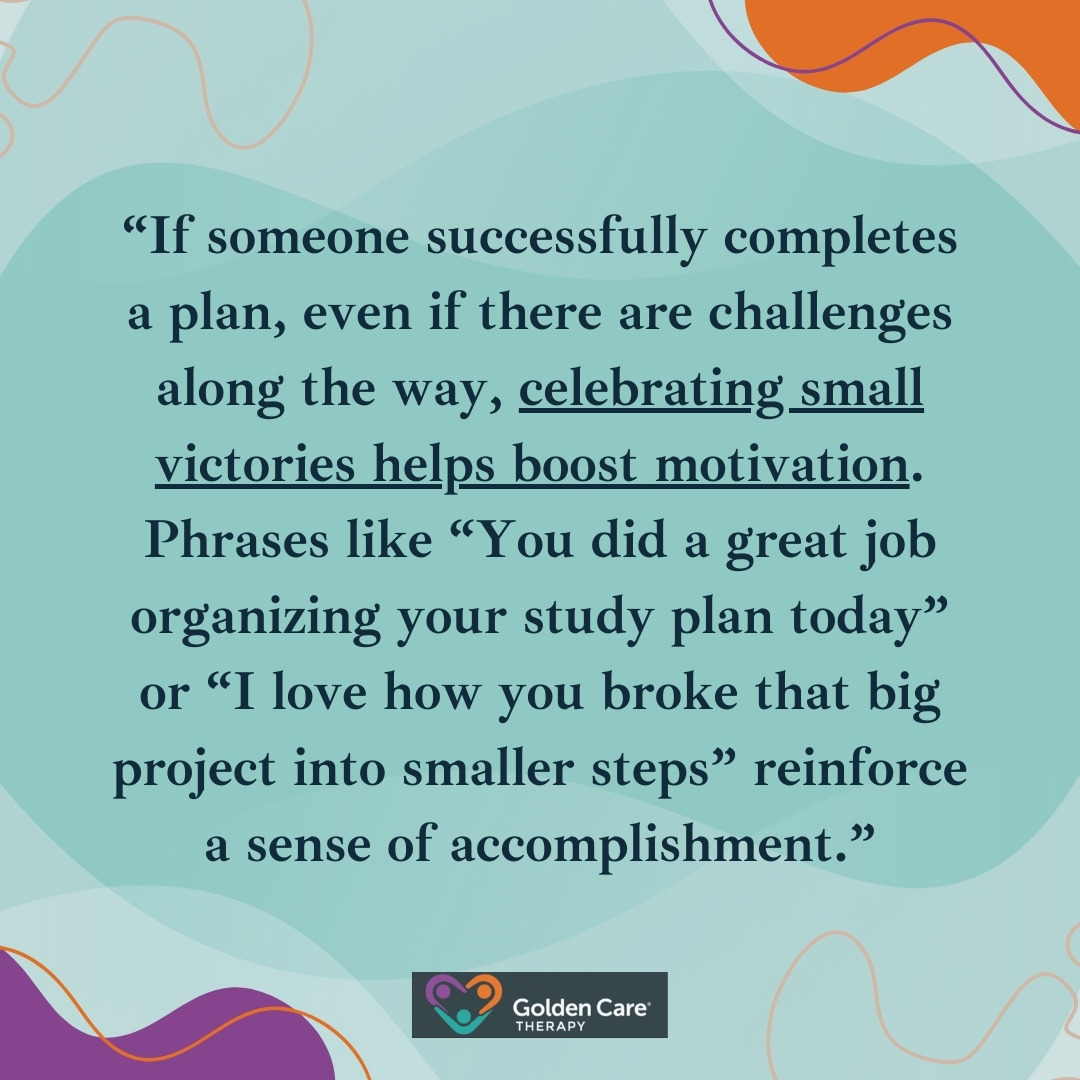Task planning can be challenging for autistic individuals, especially when executive functioning differences make it harder to break tasks into manageable steps, organize priorities, or initiate actions. Some may struggle with time estimation, while others find it difficult to shift focus between different stages of a task. However, task planning can become much more approachable and less overwhelming with the right strategies.
Supporting an autistic person with task planning requires patience, flexibility, and an understanding of their unique strengths and needs. Since every individual is different, what works well for one person may not be effective for another. Incorporating calming techniques can help reduce stress and create a more supportive environment, allowing them to approach tasks with greater focus and confidence.
The key is to create an environment where planning is predictable, clear, and customized to suit the person’s preferences.
Without further ado, here are eight practical strategies to help autistic individuals navigate task planning with greater confidence and ease.
Use Visual Supports to Break Down Tasks
Many autistic individuals process information better when it is presented visually. Instead of relying solely on verbal or written instructions, visual tools can provide a clear roadmap for completing tasks.
A step-by-step guide with pictures, diagrams, or even simple checklists can be helpful. Some people benefit from using apps or digital planners, while others may prefer printed schedules or hand-drawn flowcharts.
For example, if someone needs to clean their room, a visual breakdown might include:
- A picture of a laundry basket with a caption that says, “Put dirty clothes in the basket.”
- An image of a vacuum cleaner with the instruction, “Vacuum the floor.”
- A photo of a made bed with the step, “Pull up blankets and straighten pillows.”
This kind of structured guidance minimizes uncertainty and allows the individual to focus on one step at a time.
Create Predictable Routines and Templates
Predictability can be very helpful for autistic individuals when it comes to planning. Having a consistent routine makes it easier to understand what needs to be done each day without feeling overwhelmed.
Instead of figuring out a new plan from scratch each time, reusable templates for common tasks can be beneficial.
For instance, if someone regularly needs to prepare for school or work, having a template listing the usual steps can streamline the process. Repeating the same structure reduces decision fatigue and helps tasks become automatic over time.
Use Timers and Reminders for Time Management
Many autistic individuals struggle with time perception, which can make it hard to gauge how long a task will take or when to transition to the next step. Timers and alarms can provide external cues that help with staying on track.
Some may find it helpful to set a countdown timer for each part of a task. For instance, if studying for an exam, setting a timer for 20 minutes of focused work followed by a 5-minute break can improve productivity.
Others might prefer visual timers, such as hourglasses or color-coded clocks, that provide a clear representation of passing time.
Digital reminders, whether through apps or smart devices, can also help reinforce when to start or complete specific tasks. By incorporating time management tools into planning, tasks become more structured and less prone to delays.
Provide Clear, Step-by-Step Instructions
Autistic individuals often benefit from direct and concrete instructions rather than vague or generalized guidance. Instead of saying, “Get ready for bed,” breaking it down into specific steps such as “Brush teeth,” “Change into pajamas,” and “Set alarm for tomorrow” can make it easier to follow.
Written instructions or audio prompts can also reinforce clarity. Some individuals may find it useful to have instructions presented in a checklist format where they can mark completed tasks as they go.
Others might prefer verbal prompts from a family member, teacher, or support person.
Reduce Decision-Making Stress with Limited Choices
Decision-making can be exhausting for some autistic individuals, especially when there are too many options or variables to consider. To make planning easier, limiting choices to a few clear options can prevent overwhelm.
For example, if someone needs to decide what to wear, instead of presenting an entire wardrobe, they might do better with a choice between two or three pre-selected outfits. If they need to plan a meal, offering a choice between two meal options rather than an open-ended decision can make it more manageable.
This approach allows for autonomy while reducing the stress that can come with too many possibilities.

Encourage Flexibility While Maintaining Structure
While structure is crucial for effective task planning, it’s also important to build in some flexibility. Unexpected changes can be stressful, so preparing for alternative plans can ease anxiety.
For instance, if a planned outdoor activity gets canceled due to weather, having a backup plan in place can prevent frustration. Some individuals find it helpful to use “if-then” planning: “If I can’t go to the park, then I will play a game inside.”
Having contingency plans teaches adaptability without disrupting the overall sense of structure. This approach helps autistic individuals feel more prepared for changes rather than caught off guard.
Allow Processing Time and Reduce Pressure
Some autistic individuals need extra time to process information and organize their thoughts before acting on a plan. Rushing them through decisions or changes can lead to stress and shutdowns.
Providing ample time to think through steps, ask questions, or make adjustments helps build confidence. Instead of demanding an immediate response, giving space to consider options leads to better planning outcomes.
For example, if an autistic person is planning a trip, they may need time to research details, create packing lists, and visualize the journey before they feel comfortable. Allowing this process to unfold at their pace fosters independence and reduces anxiety.
Offer Encouragement and Reinforce Success
Positive reinforcement plays an important role in helping autistic individuals build confidence in their planning skills. Acknowledging their effort, rather than just focusing on the end result, encourages continued progress.

Additionally, self-reflection can be valuable. Encouraging individuals to notice what strategies worked well and what could be improved helps them refine their planning skills over time.
Final Thoughts
Supporting autistic individuals with task planning is not about imposing rigid structures but rather creating systems that align with their strengths and needs. Visual supports, structured routines, clear instructions, and time management tools can all make a significant difference.
It’s worth noting that every person is unique, and finding the right strategies may take some trial and error. The goal is to build an approach that feels comfortable, reduces stress, and enhances independence.
With the right support, autistic individuals can develop planning skills that make daily tasks more manageable and achievable. At Golden Care Therapy, we specialize in providing high-quality ABA therapy that empowers individuals to reach their full potential.
Our autism services in New Jersey, Indiana, New York, Georgia, Florida, and other locations are designed to cater to each individual’s unique needs, ensuring they receive the personalized care and guidance they deserve.
If you’re ready to give your loved one the tools they need for success, contact us today to learn more about how we can help.
Sources:



